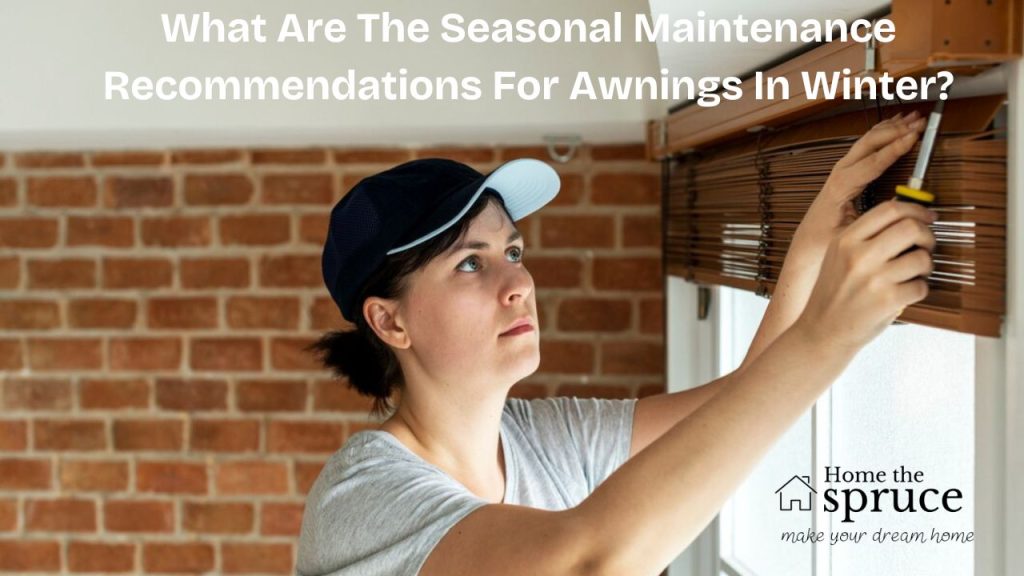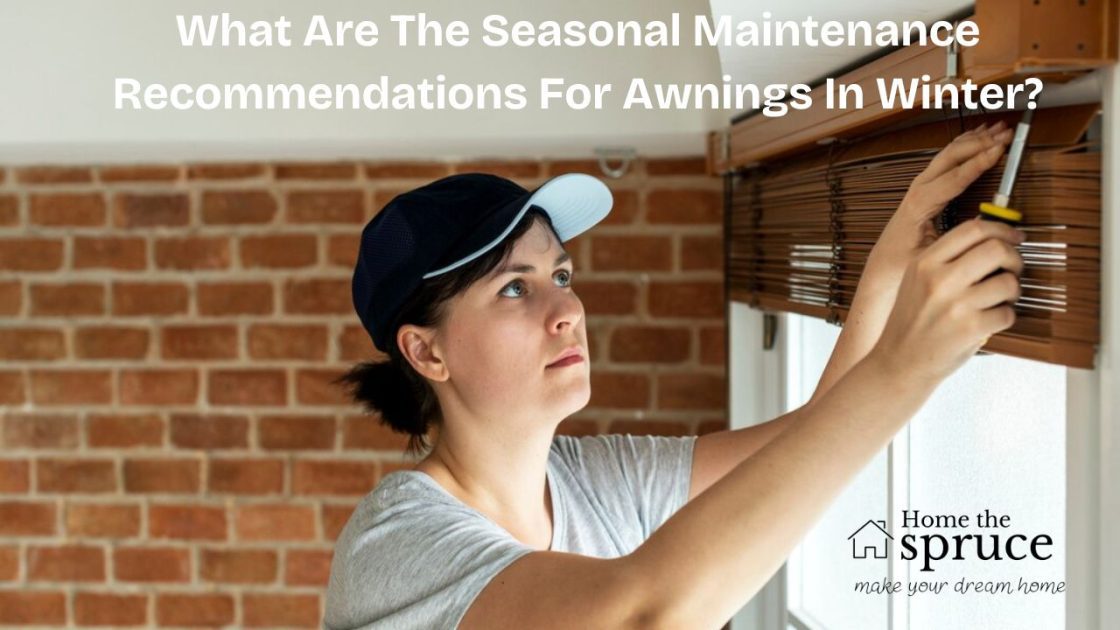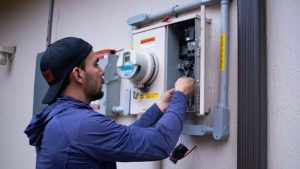As winter approaches, homeowners want to protect their investments and ensure their outdoor fixtures survive the harsh weather conditions. What are the seasonal maintenance recommendations for awnings in winter?

The key winter maintenance steps for retractable awnings include removing loose debris, cleaning with mild soap, checking for tears or damage, and retracting them for storage or using winter tie-downs if they are extended.
While these basic maintenance steps are essential, you must know more about protecting your awnings during winter. Different weather conditions and awning materials require specific care approaches, and understanding these variations can help prevent costly damage and extend your awning’s lifespan.
How Do Different Weather Conditions Affect Winter Awning Care?
Snow accumulation requires immediate attention, as even just 2-3 inches of wet snow can place excessive weight on your awning structure. Use a soft-bristled brush with an extended handle in snowy conditions to gently remove snow before it builds up. Avoid using sharp tools or de-icing chemicals for ice formation, as these can damage the awning material.
Consider retracting your awning completely during winter storms in areas with high winds. Most awnings are rated for winds up to 35mph, but winter gusts can easily exceed this threshold. If you must leave the awning extended, ensure all mounting hardware is tightened correctly, and consider installing additional support brackets.
What Special Care Do Different Awning Materials Need In Winter?
Fabric awnings require extra attention during winter months. Canvas and acrylic materials should be thoroughly cleaned and allowed to dry entirely before winter storage to prevent mold and mildew growth. Apply a water-repellent treatment designed explicitly for awning fabric to provide additional protection.
Metal and vinyl awnings have different needs. These materials should be inspected for rust or deterioration, particularly at connection points. For aluminum awnings, apply a protective coating before winter sets in. Vinyl awnings should be checked for cracks that could worsen in cold temperatures.
When Should You Consider Professional Winter Maintenance?
Professional maintenance is recommended if your awning shows structural weakness, such as loose mounting hardware or frame distortion. Experts recommend scheduling a professional inspection every 2-3 years, ideally before the winter season begins.
A professional can also correctly lubricate moving parts, replace worn components, and ensure your retraction mechanism works correctly. This is particularly important for motorized awnings, as winter conditions can affect the electrical components and motor function. If you’re unsure about winter maintenance, consulting a professional is better than damaging your awning.
What Emergency Steps Should You Take During Severe Winter Weather?
If a severe winter storm is approaching, immediate action may be necessary to protect your awning. First, check local weather forecasts for warnings about heavy snow, ice storms, or high winds. If severe weather is predicted, completely retracting your awning is best to secure any loose components.
For unexpected storms, keep an emergency winter maintenance kit readily available. This should include a soft-bristled snow brush, waterproof covers, and any specialized tools needed for your particular awning model. Having these items on hand can help prevent panic decisions that might damage your awning during emergency weather situations.
How Can You Extend Your Awning’s Lifespan Through Proper Winter Storage?
Proper preparation is crucial if you decide to store your awning for the winter. Start by choosing a dry, cool storage location away from direct sunlight. Before storage, clean the awning thoroughly and ensure it’s scorched to prevent mold growth and material degradation.
Roll or fold the awning according to manufacturer specifications – improper folding can create permanent creases or damage the material. Use breathable covers rather than plastic, as trapped moisture can lead to mildew. Label any removed hardware and store small parts in clearly marked containers to make spring reinstallation easier.
Consider taking photos of your awning’s installation before removal, mainly focusing on hardware placement and tension settings. This documentation can be invaluable when reinstalling the awning in spring, ensuring proper positioning and function.
Taking Action Before Winter Arrives
Now that you understand the importance of proper winter maintenance for your awning, the most crucial step is to conduct a thorough pre-winter inspection before the first frost hits. Take 30 minutes this weekend to examine your awning for any signs of wear, loose hardware, or damage that needs addressing, and make any necessary repairs or schedule professional maintenance before winter weather arrives. This proactive approach will help ensure your awning remains protected throughout the winter and ready for spring enjoyment.








